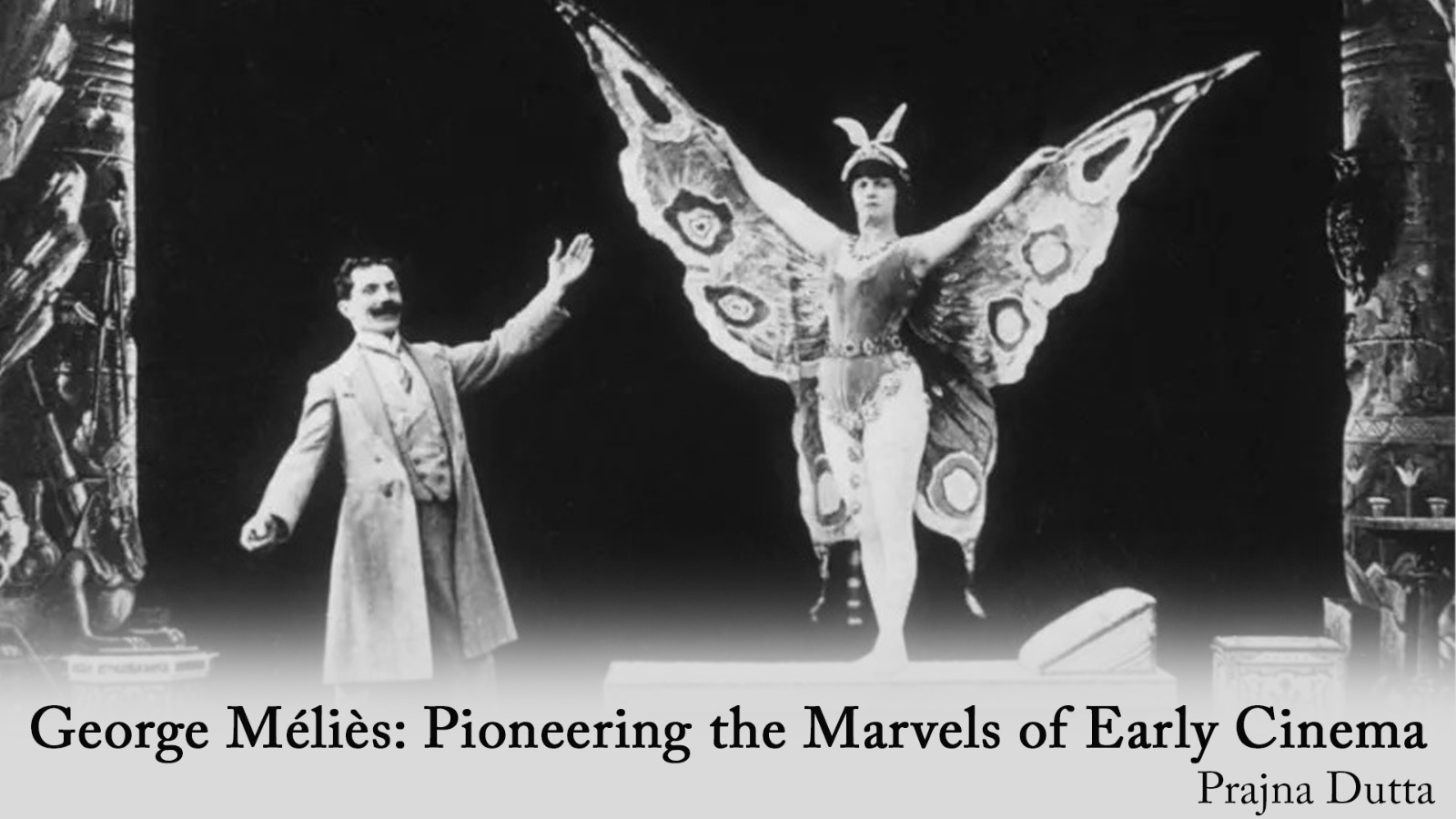Introduction:
The world of cinema owes much of its magic and wonder to the visionary filmmaker George Méliès. Born on December 8, 1861, in Paris, Méliès was a trailblazer who revolutionized the art of filmmaking during the late 19th and early 20th centuries. His imaginative storytelling, groundbreaking special effects, and unmatched creativity marked the birth of modern cinema. This article delves into the life and contributions of George Méliès, the man behind the enchantment of early cinema.
Early Life and Entry into Filmmaking:
Before venturing into the world of cinema, Méliès pursued an education in both science and art. He studied painting, sculpture, and architecture, and later became the owner of the renowned Théâtre Robert-Houdin in Paris. It was at this theater that he first encountered the Lumière brothers' early film screenings, which sparked his fascination with motion pictures.
Méliès' Contributions to Cinema:
1. Narrative Films and Storytelling Techniques:
One of Méliès' most significant contributions was his exploration of narrative filmmaking. In an era when films were mostly short, documentary-like clips, Méliès introduced the concept of storytelling through the medium of cinema. His films often featured cohesive narratives with clear beginnings, middles, and ends, incorporating elements of fantasy, adventure, and comedy.
2. Special Effects and Innovations:
George Méliès was a pioneer in the field of special effects, utilizing his background in stage magic to create mesmerizing visuals on screen. He experimented with techniques such as double exposure, stop-motion animation, and hand-painted colorization, which were groundbreaking at the time. His film "A Trip to the Moon" (1902) remains one of his most celebrated works, featuring iconic scenes of a rocket ship landing in the eye of the moon.
3. Set Design and Art Direction:
Méliès' background in art and theater greatly influenced his approach to filmmaking. He meticulously designed and constructed elaborate sets and props, often using painted backdrops and detailed miniatures. His attention to detail and imaginative set designs added depth and richness to his films, immersing audiences in captivating worlds.
4. Production Techniques and Editing:
Méliès experimented with various production techniques to enhance the visual storytelling in his films. He employed multiple camera angles, dissolves, and jump cuts to create seamless transitions and manipulate time and space. His innovative use of editing techniques set the stage for future filmmakers to explore the possibilities of film as a medium of artistic expression.
Legacy and Recognition:
Despite his immense contributions to early cinema, Méliès faced financial hardships later in life, leading to the decline of his career. However, his work did not go unrecognized. In 1929, he was awarded the Legion of Honor by the French government for his contributions to the film industry. Today, Méliès is hailed as a pioneer and a visionary, remembered for his groundbreaking techniques and imaginative storytelling.
Conclusion:
George Méliès played a vital role in shaping the landscape of early cinema. His imaginative storytelling, pioneering use of special effects, and innovative production techniques laid the foundation for modern filmmaking. Méliès' legacy lives on through the countless filmmakers and artists who have been inspired by his work. As we continue to explore the realms of visual storytelling, we owe a debt of gratitude to George Méliès for his pioneering spirit and his ability to transport audiences into fantastical worlds through the magic of cinema. His contributions to narrative filmmaking, special effects, set design, and production techniques continue to inspire and influence filmmakers to this day. As we celebrate the achievements of modern cinema, let us always remember and appreciate the visionary genius of George Méliès, the man who brought enchantment and wonder to the early days of the silver screen.

Comments